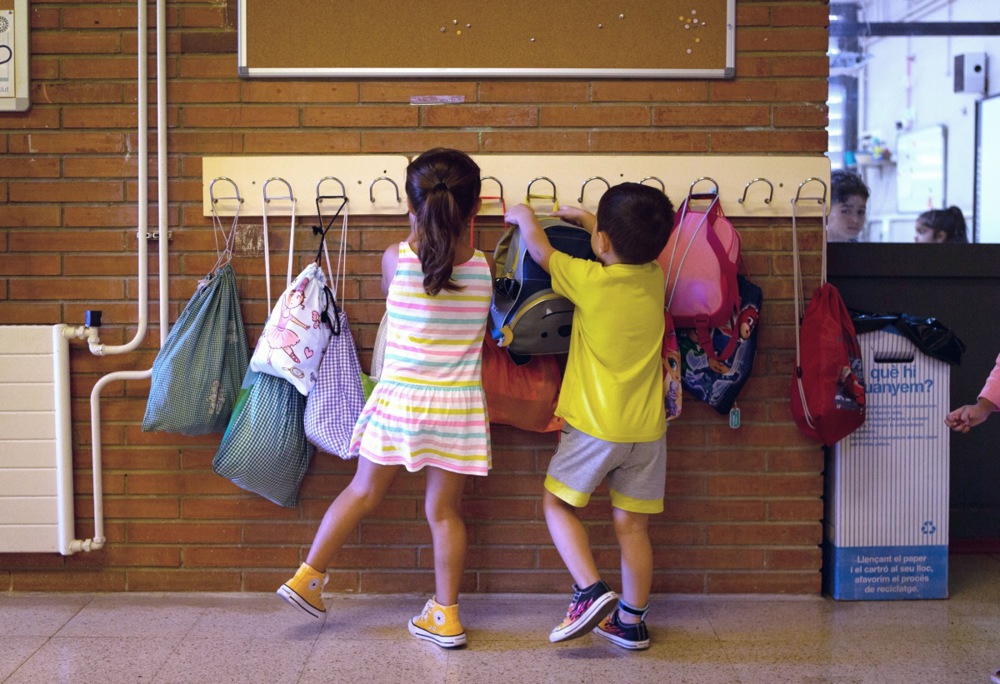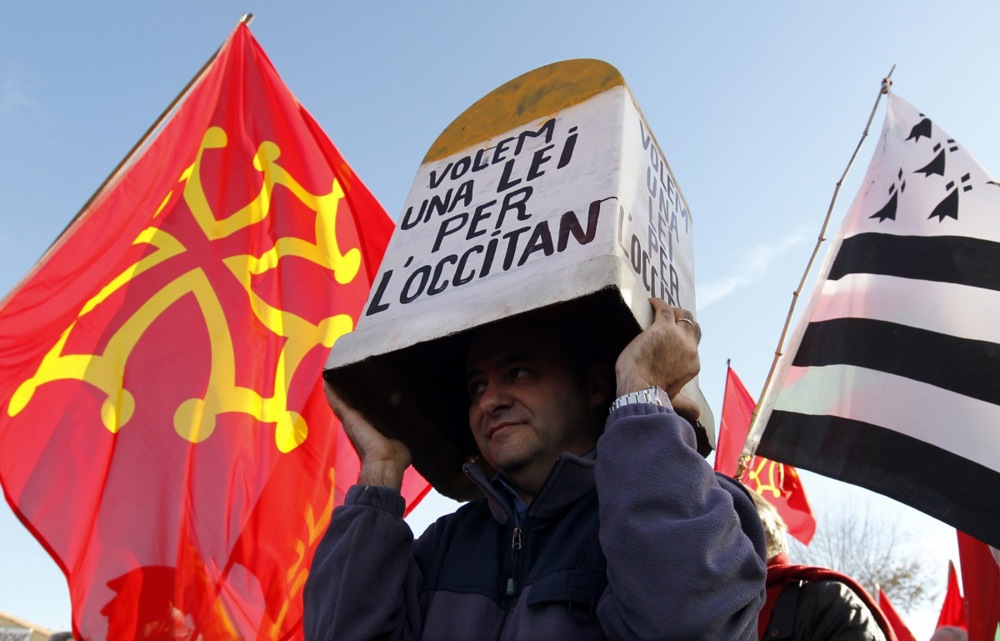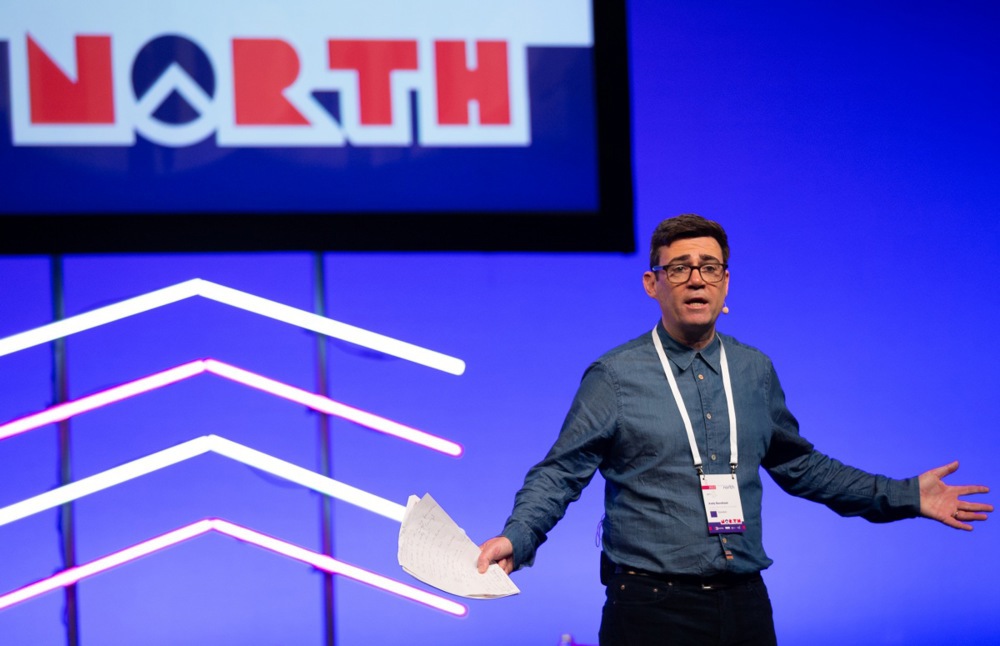Sardinia, Italy
On the island of Sardinia, a small regional election is drawing national attention.
With just twenty days remaining until the polls open on February 25th, the political landscape in Sardinia is abuzz with anticipation as national-level heavyweights begin to make their presence felt on the island.
In a flurry of activity, the ministers and MPs from Rome are lending their support to their respective candidates and causes.
Two key figures making their way to Sardinia are Minister Adolfo Urso and Giuseppe Valditara, representing Prime Minister Giorgia Meloni’s centre-right coalition government, which consists of Meloni’s own party, the national-conservative Fratelli d’Italia, and her allies in the national-populist Lega.
Industry Minister Urso, who is at the helm of Meloni’s ‘Made in Italy’ campaign, focused on addressing disputes within key industries like Eurallumina, Portovesme, and Sider Alloys, playing to the economic concerns of the region.
Head of Lega and Deputy Prime Minister Matteo Salvini has returned to Sardinia to bolster the centre-right candidate Paolo Truzzu signalling the intensity of the competition.
Anticipation is also building for the impending visit of Giorgia Meloni, whose presence is expected to inject further momentum into the campaign.
On the centre-left front, leaders of the PD and M5s, including Elly Schlein and Giuseppe Conte, are poised to make their mark on the island.
However, underneath the surface of the classical Left versus Right battle lies a complex array of regional parties.
Neither the centre-left nor centre-right, nor even the liberal coalition will be able to get along without the cooperation of the smaller Sardinian regionalist parties, which themselves are split along the left-right divide.
The current governor of Sardinia, Christian Solinas, is himself the leader of the Sardinian Action Party, which once supported seperatism for the Island before Solinas took the party in a more rightward direction.
However, Solinas will not be returning to the seat of governor this time around, as the centre-right coalition has opted to choose Paolo Truzzu of the Fratelli d’Italia party as their candidate.
Truzzu is himself the Mayor of Cagliari, Sardinia’s largest town, and is currently leading the polls against Alessandra Todde, the centre-left’s gubernatorial candidate.
However, ideology has to take a back seat, as with many regional-level elections it’s the bread-and-butter issues that the candidates must address.
In the first debate among the four candidates for the governor’s office, including Alessandra Todde, Renato Soru, and Paolo Truzzu, transportation, health, energy, and other pressing topics took centre stage.
Despite differing perspectives, there was a unanimous agreement among the candidates to oppose multinational speculation on renewable energy projects, highlighting the need to safeguard Sardinia’s natural resources.
Transportation emerged as a key concern, with discussions revolving around strategies to improve both territorial and internal continuity.
While candidates proposed diverse approaches, the consensus underscored the urgency of addressing infrastructural challenges to enhance connectivity across the island.
Healthcare reform also featured prominently, with candidates offering contrasting visions for the future of Sardinia’s healthcare system. While some advocated for the consolidation of territorial health services, others called for radical reforms to address systemic shortcomings and ensure equitable access to quality care.
In a separate debate facilitated by Bishop Antonello Mura, candidates engaged in a civil discourse on a range of issues, from healthcare and absenteeism to youth and demographic decline.
Amidst a packed audience, candidates articulated their visions for the region, highlighting the need for constructive dialogue and collaborative solutions to address Sardinia’s most pressing challenges.





